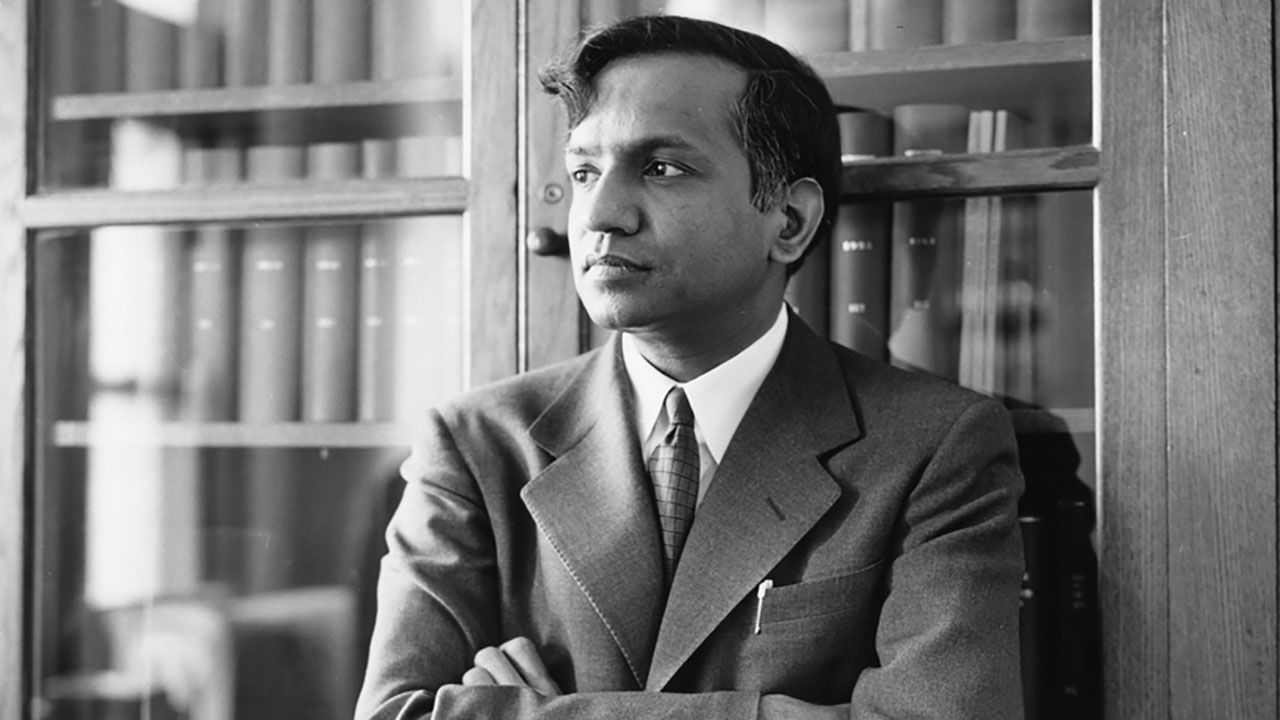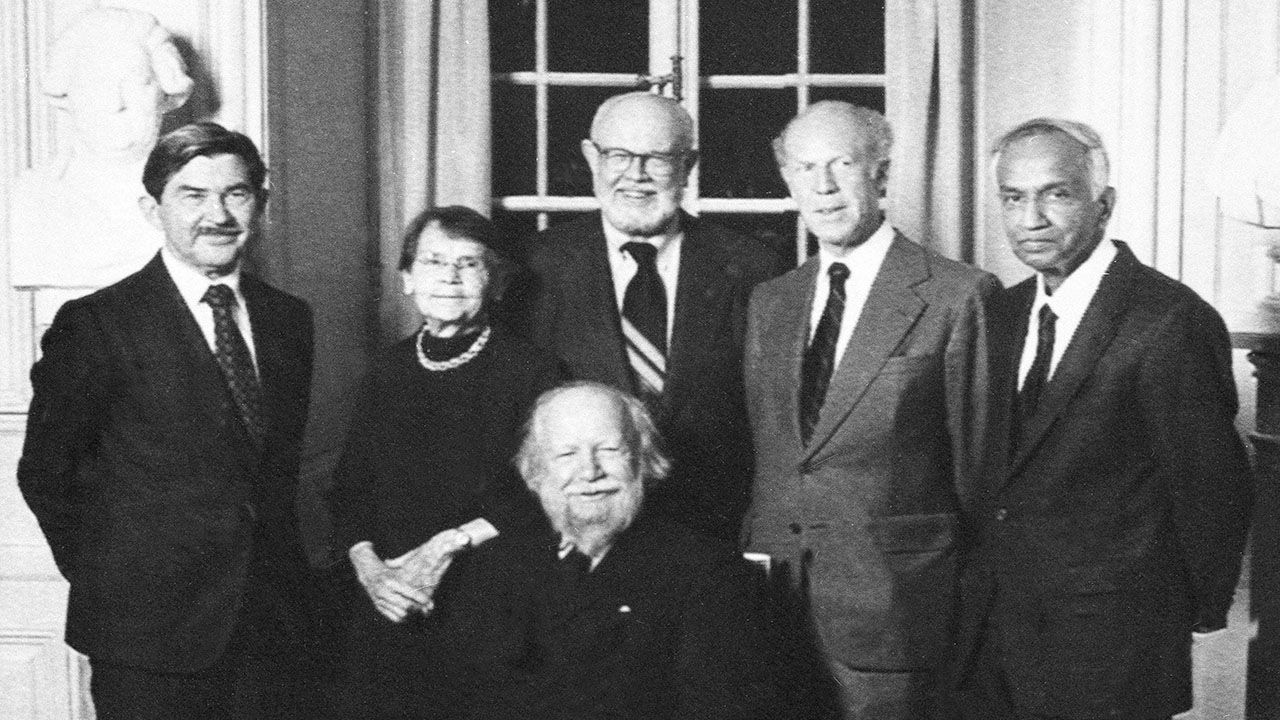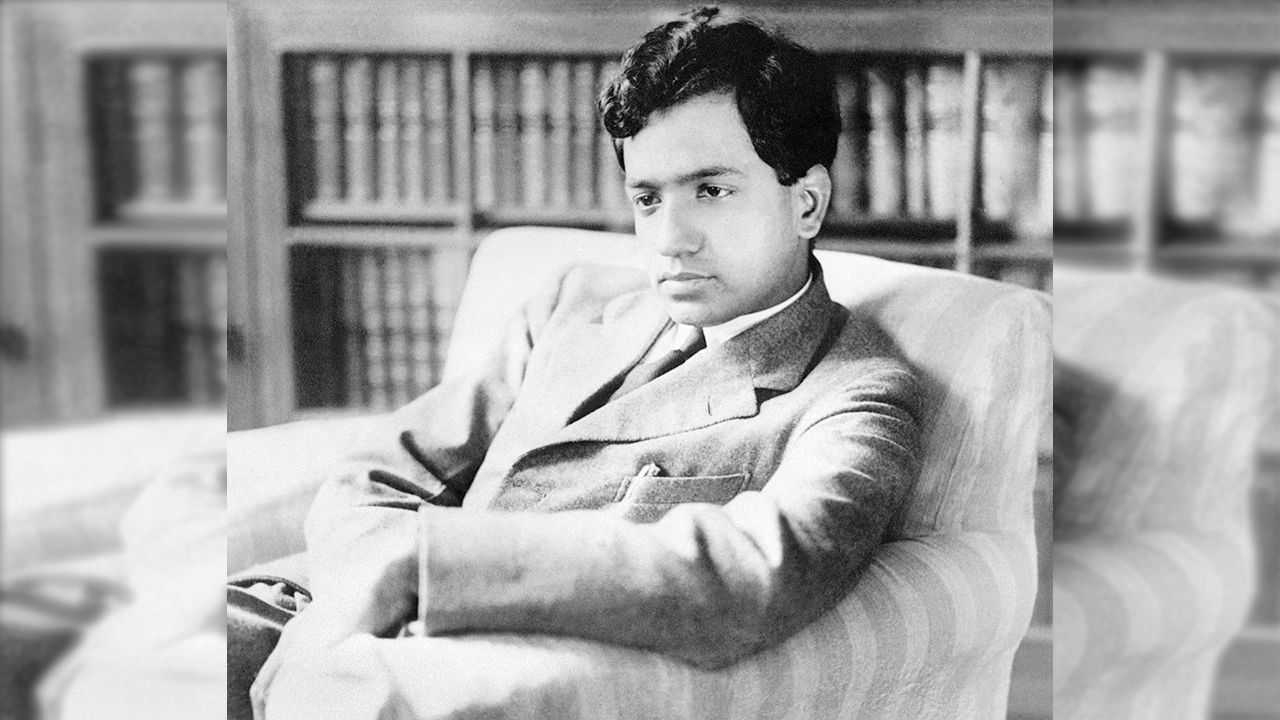Many people spend their entire lives dedicated to one topic of research, but Subrahmanyan Chandrasekhar didn't limit himself to just one.
Born in India in 1910, Chandrasekhar's parents homeschooled him until he was twelve. It was then that his mother inspired him by encouraging him to always seek new knowledge.
He attended Presidency College in India, where he got his bachelor’s degree in physics in 1930.
He was then awarded a Government of India scholarship and used that go to graduate school at the University of Cambridge in England, where he became a research student under Professor William Fowler.
During his time at Cambridge, he spent his time studying the limiting mass of degenerate stars. He even had a limit named after him, the Chandrasekhar limit, his most notable work, which is the maximum mass of a stable white dwarf star, and he was awarded the bronze medal for his work.
Chandrasekhar received his PhD in 1933 and also received a Prize Fellowship at Trinity college, making him the second Indian to be elected.

He later accepted a position at the University of Chicago in 1936, where he was promoted to a professor within just a couple of years, and he remained there for the rest of his life.
Chandrasekhar was always seeking more knowledge, thus learning about many subjects and accomplishing many things.
He worked on ballistics during WWII, studied more on white dwarfs, researched radiation transfer, studied the mathematical theory of black holes and gravitational waves and published many books and papers on his work.
In 1983, Chandrasekhar received the Nobel Prize in Physics for his research on the physical processes of importance to the structure and evolution of stars, and he shared this prize with his friend and colleague, William Fowler.

Aside from receiving a Nobel Prize and creating the well-known Chandrasekhar limit, NASA named one of its observatories after him, the Chandra X-ray Observatory.
Chandrasekhar passed away in 1995, but his legacy lives on through his work and awards named after him that are offered to PhD students and physicists for their outstanding work.
Our team of meteorologists dives deep into the science of weather and breaks down timely weather data and information. To view more weather and climate stories, check out our weather blogs section.
Shelly Lindblade - Weather Producer
Shelly Lindblade is a weather producer for Spectrum News. She graduated from Florida State University with a Bachelor's of Science in Meteorology and started her career in front of the camera as a broadcast meteorologist. After 4 years of TV broadcasting, she now loves updating the public on the latest weather news from behind the scenes.








